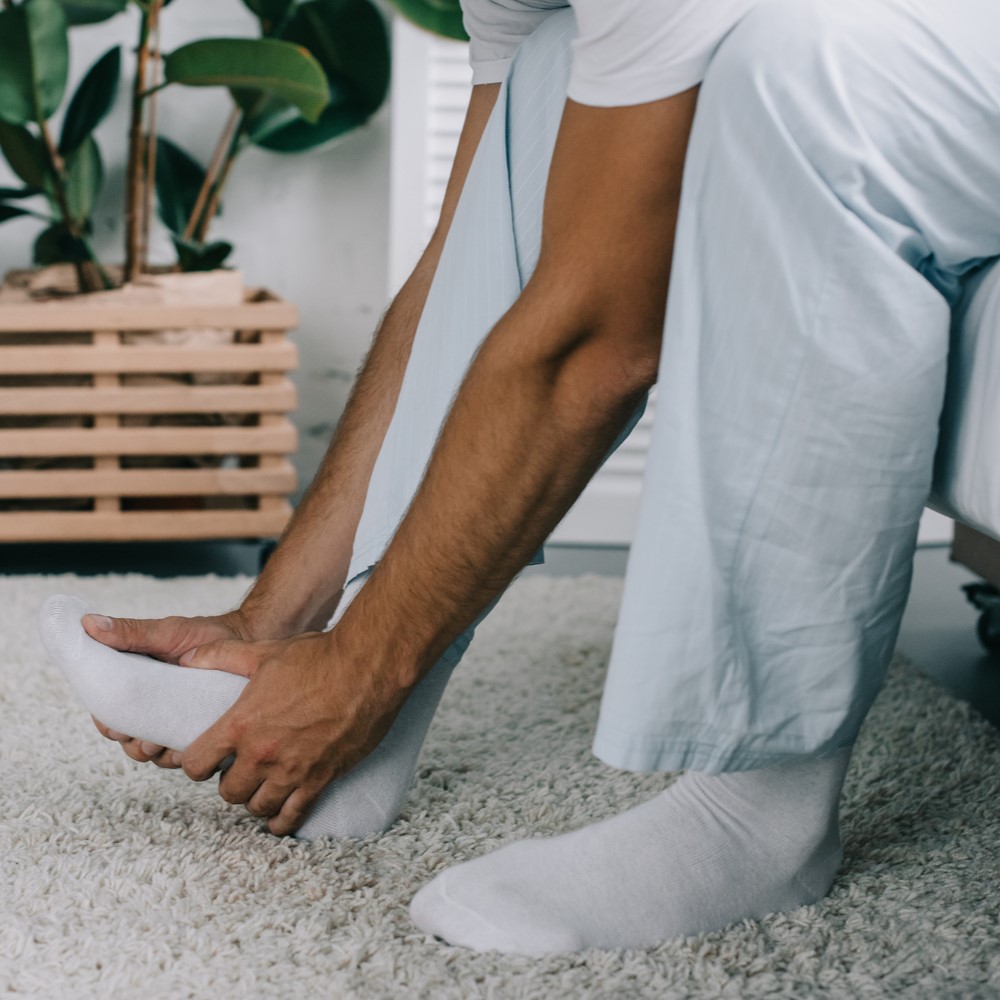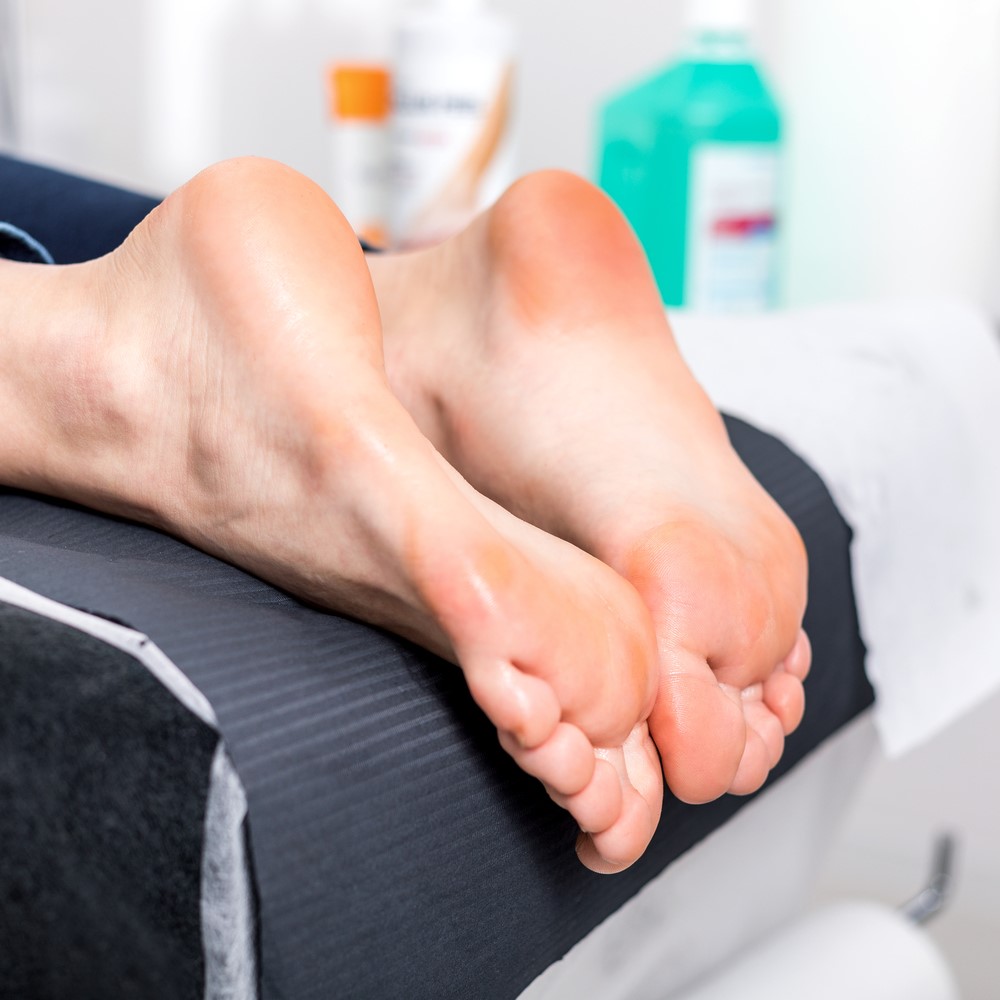The Connection Between Diabetes and Morning Foot Pain
Waking up with a jolt of pain in your feet? If you have diabetes, you’re not alone. Morning foot pain is a common symptom of diabetic neuropathy, a nerve damage that can affect people with diabetes. But don’t let it dampen your day! There are ways to prevent and manage this pesky pain. Keep reading to discover the connection between diabetes and morning foot pain, and what you can do about it. What’s Diabetic Neuropathy? Diabetic neuropathy, nerve damage caused by high blood sugar levels over time, is a common complication of diabetes. It can manifest in various ways, including numbness, tingling, and pain in the feet. Notably, morning foot pain is a frequently reported symptom among individuals with diabetes. Learn more about diabetic neuropathy. The Science Behind Morning Foot Pain During sleep, our muscles relax, and blood flow to the extremities, particularly the feet, decreases. This reduction in blood flow can temporarily aggravate the nerve damage caused by diabetic neuropathy, leading to stiffness, pain, and numbness upon waking. Risk Factors for Morning Foot Pain Several factors can increase the risk of experiencing morning foot pain in individuals with diabetes: Prevention and Management Strategies Fortunately, there are steps individuals with diabetes can take to prevent or manage morning foot pain: Take-home message Morning foot pain can be a troublesome symptom of diabetic neuropathy, but it is manageable. By taking proactive steps to prevent nerve damage, practicing proper foot care, and seeking appropriate medical attention, individuals with diabetes can effectively manage their foot pain and maintain overall foot health.
The Connection Between Diabetes and Morning Foot Pain Read More »







